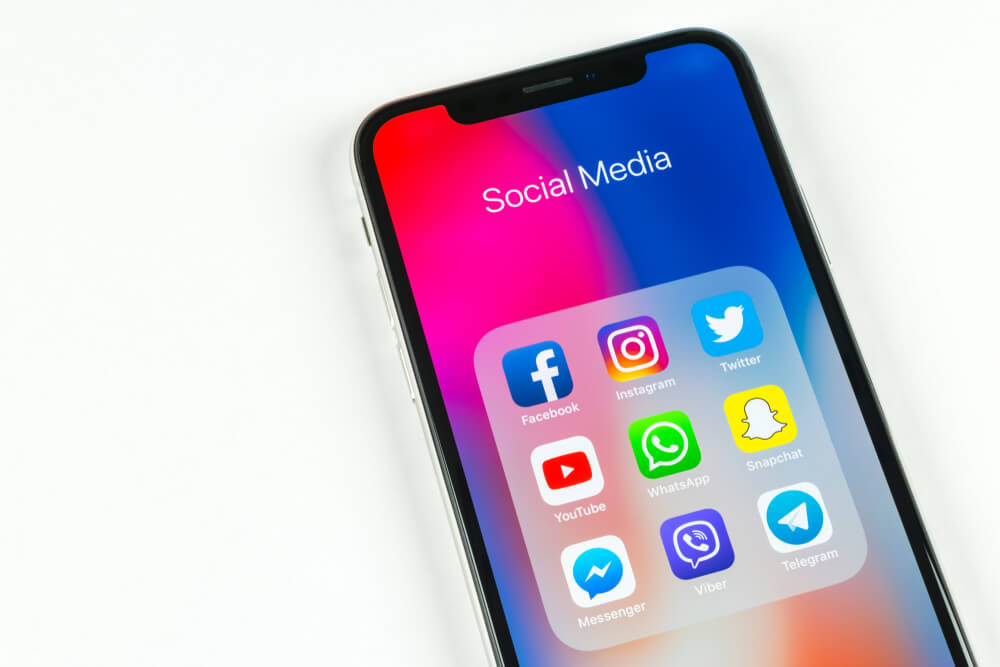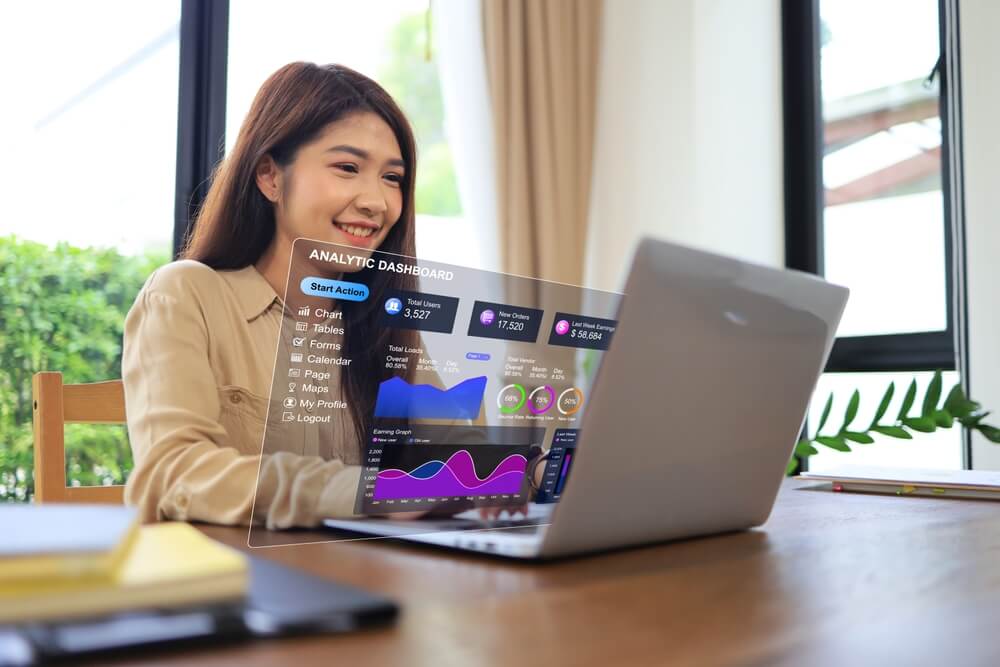
Paid vs Organic Social Media: Is One Better Than the Other?
Many companies debate paid versus organic social media strategies, attempting to pick which one is best for them. Organic social media means posting without paid promotion, relying on natural engagement and followership growth. Paid social media, on the other hand, involves sponsored posts or ads for a broader reach. Which is best depends on goals, resources, and desired outcomes.
We focus on these two social media techniques in this article, highlighting these topics:
- Cost and investment
- Reach and audience targeting
- Engagement and interaction
- Speed and results
- Content strategy
- Measuring success and metrics
Learn the difference between paid and organic social media marketing before working with a paid social media agency. Let’s go!
If you want to learn how Digital Authority Partners can increase your PPC effectiveness, watch this video!
Consider Cost and Investment
When choosing between paid and organic social media, one of the critical factors to consider is the cost and investment of the campaign.
a. Paid Social Media
The cost and investment in paid social media is the money spent buying and managing ads on social media platforms. Businesses pay for their posts to be seen by more people, and sometimes these platforms charge additional fees for professional help managing ads. The idea is that spending money can bring a business more visibility and hopefully more customers, but it comes at a cost.
Paid social media might get more people interested in the business because your ad is reaching more eyes, which means more potential returns. The goal is to make more money from these ads than the money spent on them.
b. Organic Social Media
Organic social media does not involve directly paying for ads. Instead, marketers focus on creating exciting posts and sharing content without spending money on promotion. Even though there is no direct cost, it still requires investment.
They might need to create good content, respond to people's comments, and grow their online community, which requires budget, time, and effort.
The investment in organic social media is more about time and effort. Companies must consistently create engaging content and interact with their audience to grow their presence. It is putting in time and work to build relationships and get attention without spending money on ads.
Reach and Audience Targeting

Both paid and organic social media aim to reach more people, build a large audience, and hopefully lead their audience to convert. However, reach and targeting differ in these strategies.
a. Paid Social Media
When businesses pay for ads on social media, they can select exactly who sees their posts. This means they can choose specific groups of people based on where they live, their age, what they are interested in, and more. This precise way of targeting customers is similar to hitting a bullseye to reach the people they want to connect with.
b. Organic Social Media
In organic social media, posts reach people who follow the business’s page. It relies on these followers sharing the posts with their friends to reach more people. This social media strategy might not reach as many people as paid ads, but the people who see the posts are often more interested and engaged because they are connected to the page.
Organic social media ads are similar to talking to friends of friends. The ad might not reach a huge crowd, but those who reach it might be more interested in what it offers.
Engagement and Interaction
Ads that engage are more likely to get results. However, paid and organic social media ads have varying engagement and interaction terms, affecting how ads connect with the target audience.
a. Paid Social Media
When marketers pay for social media ads, many people quickly see their posts. However, even though more people see the posts, they might not interact with them as much. Paid ads get the message to a wide audience, but targeting is less specific.
b. Organic Social Media
Organic social media is more about making friends and building real connections. The focus is on creating posts that people like and want to engage with. Even though the posts might not reach as many people, those who see them are more likely to interact because they are genuinely interested.
Speed and Results

How soon can you expect results from paid and organic social media? The speed and results vary as well.
a. Paid Social Media
Paid social media gets the message out fast. When marketers pay for ads, more people see their posts quickly. They might see results such as website visits or inquiries faster because their posts immediately reach many people. Paid social media turns on a spotlight that instantly shines on the message for the audience to see.
b. Organic Social Media
Organic social media is a longer game. Marketers must regularly post interesting articles and connect with people to build followers. It takes time to grow a large audience using organic social media, but the people who follow the business will likely stick around for the long run.
Content Strategy
The way marketers use content varies slightly between these techniques, but both aim to promote the brand, product, or service.
a. Paid Social Media
In paid social media ads, marketers create posts that match what different groups of people like. This means they must make different ads for different types of customers to ensure engagement. Marketers must consider every audience segment’s needs, preferences, and interests.
b. Organic Social Media
Organic social media is about making good posts that people enjoy. Marketers must share content that is interesting and helpful to their followers. This helps make connections online and keeps the audience coming back for more.
Measuring Success and Metrics

Measuring the success of paid and organic social media varies with different key performance indicators (KPIs) considering the campaign’s goals and objectives.
a. Paid Social Media
Counting how many people clicked on paid ads, how many bought something, and if the ad made more money than was spent is easier. These numbers help marketers see if their ads are working well and if they are making more money.
b. Organic Social Media
In organic social media, businesses often consider how much people like, comment on, or share their posts. They also pay attention to how many more people start following their pages. These metrics show if people enjoy what they share and are interested in their content.
Summing Up
Whether paid or organic social media is better depends on cost and investment, reach and audience targeting, engagement and interaction, content strategy, speed, and results. The two social media marketing strategies also vary in terms of measuring performance and metrics.
The right strategy depends on the business objectives, audience preferences, and budgets (of time, money, and effort). Combining both approaches can benefit a brand’s reach and authority in their respective niches or industries.
Learn how paid and organic social media marketing works from an expert paid social media agency. Contact Digital Authority Partners for top-notch social media marketing services today.
Want To Meet Our Expert Team?
Book a meeting directly here




